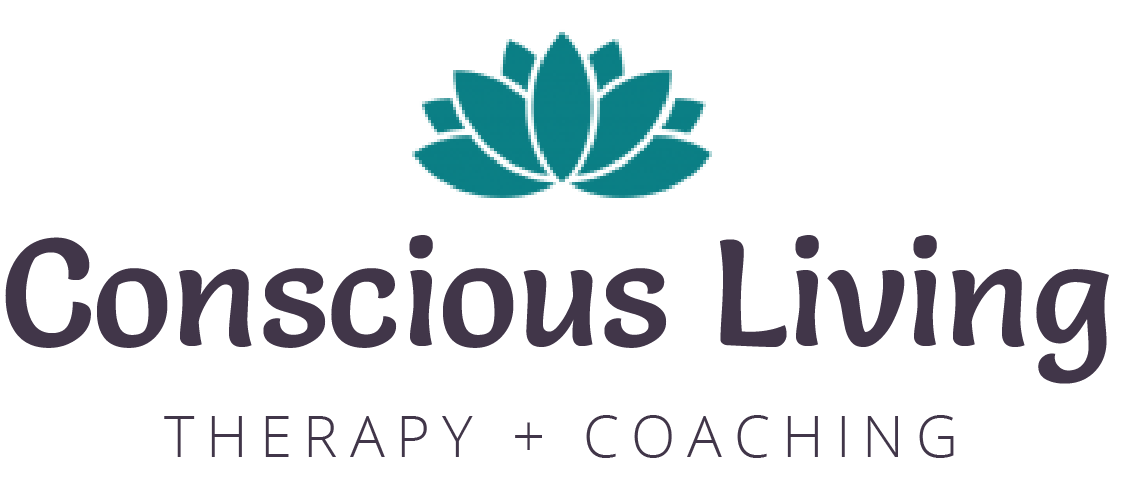Why your emotions matter & how to process emotions in a healthy way
“You are too emotional” and “stop being so emotional” are two phrases I deeply dislike. Emotions often get a bad reputation, and many people tend to treat emotions like unwelcome guests or something to be suppressed and ignored rather than embraced and valued. While emotions may appear inconvenient, I want you to know you are not ‘too much,’ and your emotions matter. They matter very much.
Emotions are messengers.
Every emotion is a profound messenger. Emotions are the conduit through which important messages are collected and delivered from external situations to deep within the central, most authentic part of your being.
For example, if you are experiencing anger, the message may be a boundary has been broken or something within you needs attention and healing. Another example is sadness. The emotion of sadness is experienced when you feel separation between yourself and something you value. In this way, the message of sadness is to realign yourself with what is most important to you.
2. Emotions are teachers.
Your emotions are not trying to complicate things, they’re trying to clarify things. Emotions manifest to teach you about yourself and the world around you. What is or is not safe. What is or is not worth pursuing. What is or is not true.
Honestly, the truth behind every emotion is what makes emotions such excellent teachers. You are safe to trust your emotions because your deepest emotions are unable to lie. Think about it. You may tell a lie with the words you speak or say things you don’t believe. Your actions may not always reflect your inner truth. Your own thoughts may lie to you through cognitive distortions or out of fear. But your truest emotions echo your inner intuition, and your intuition is honest every single time.
3. Emotions are navigation tools.
The pit in your stomach. The lump in your throat. The tear falling down your cheek. Those are real and unmistakably true directional signs. Your emotions carry important instructions, and every time your emotions bubble up, they’re saying to you, “We care about this.” Whether your emotions are positive, neutral, or less than neutral, every emotion is an invitation to direct your attention somewhere.
If the emotion is positive, the directive may be, “More of this please. Prioritize this because we need this. We love this! Let’s celebrate this.”
If the emotion is neutral, the directive might be is, “We are safe. There is no concern we need to chase here. We can continue in the direction we are going.”
If the emotion is less than neutral, potential directives could include:
Something isn’t right. We’re not in alignment with our inner truth. Something is off, and we need to explore the issue further.
Something is wrong. We are not safe. Do not proceed in this direction. Head in the opposite direction.
Something inside us needs healing in this direction. Proceed with caution, but continue in this direction.
How to manage emotions in a healthy way
There are many ways to manage emotions, and not all emotional coping strategies are healthy. As a general rule, I have found that these four tips can act as a healthy framework for managing, understanding, and processing emotions.
Tip #1 – Lean into them.
Avoid avoidance. Your emotions made an appearance for a reason. Don’t suppress them. You may need to compartmentalize them momentarily while you get to a healthier or safer space, but once you are ready to process, uncover your emotions and let them out.
Tip #2 – Be curious.
Sometimes it may feel easier to put aside your feelings and try to convince yourself your emotions don’t matter, but until you face and process your feelings, those emotions will keep rising to the surface. Instead of judging them, be curious. Curiosity is a powerful tool that can transform even the darkest and most confusing feelings into something observable and healable.
Tip #3 – Identify the emotion’s owner through The Adult Chair® model.
Sometimes, simply knowing which of your inner voices is expressing the emotion can help you formulate an appropriate response and do the next right thing. Ask yourself, “Which version of me does this emotion belong to? My inner child, my inner adolescent, or me, the adult?”
About The Adult Chair®
The Adult Chair helps you understand the three main parts that make up all of us: the Child, the Adolescent, and the Adult. When you understand which Chair you are in at any given moment, you will gain greater self-awareness, live in your healthy Adult more often, and become a more grounded, peaceful, and empowered human. The Adult Chair framework helps you understand how your life experiences have shaped you, give a voice to the different parts of who you are, gain greater self-awareness, and respond to life in a healthy way. Learn more about The Adult Chair® model.
Tip #4 – Know when to seek help.
Complex feelings can seem overwhelming, and if you are struggling with processing painful emotions, then please do not suffer in silence. Help is available and having a compassionate therapist or coach come along side you to help you navigate those difficult emotions can make all the difference.
Let’s Connect
Hi there! I’m Jenny, a licensed Holistic Therapist and Certified Adult Chair® Master Coach.
I combine both therapy and coaching methodologies to provide my clients with a holistic perspective and the techniques they need to flourish. Rediscovering who you were always meant to be is an act of courage, and radical self- love can turn unconscious paralysis into conscious growth. Learn more about me here.

